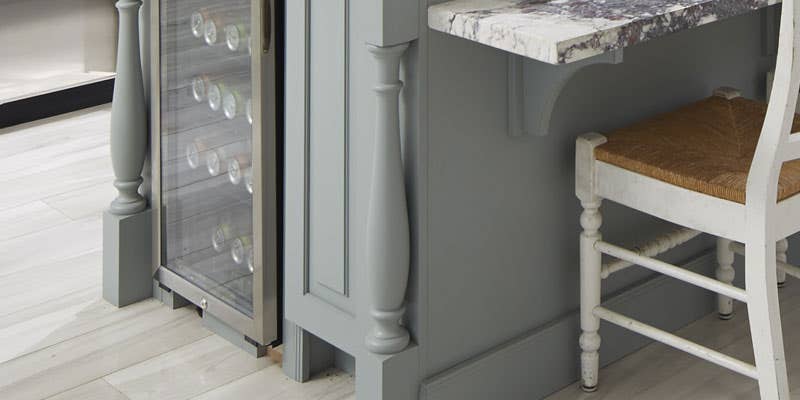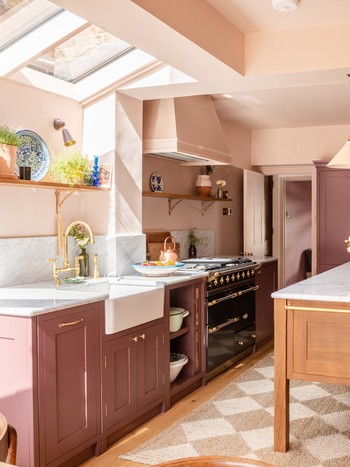Produce a Stunning Centerpiece with Classy Legs For Kitchen Island
Produce a Stunning Centerpiece with Classy Legs For Kitchen Island
Blog Article
An Overview to Selecting the Perfect Legs For Cooking Area Island for Your Home
Selecting the optimal legs for your kitchen area island is a nuanced decision that impacts both the capability and visual charm of this main room. Elements such as elevation, products, and style play an essential role in balancing your island with the overall kitchen area layout. Additionally, comprehending the significance of security and maintenance can substantially influence your selection. As you take into consideration these elements, it ends up being evident that the appropriate legs can transform not just the look of your cooking area however likewise its usability for many years to come. What details attributes should you prioritize in this choice procedure?

Understanding Kitchen Island Legs
When selecting legs for a cooking area island, it's vital to understand their useful and visual functions in the overall design. The legs function as a vital support group, ensuring stability and toughness for the island, which typically works as a workspace, dining area, or collecting place. The option of material and building technique should be durable sufficient to stand up to everyday use and potential wear.
In enhancement to their architectural duties, legs contribute considerably to the island's aesthetic charm. They can enhance the cooking area's style, whether through traditional, modern, or diverse designs. The elevation and proportion of the legs are also important considerations; they should integrate with the island's counter top height while ensuring comfy seating for those making use of the room.
In addition, the leg layout can affect the total circulation of the cooking area. Open, ventilated leg styles can create a sense of agility, while solid, considerable legs may communicate a more based and steady aesthetic - Legs For Kitchen Island. Understanding these aesthetic and practical aspects will lead home owners in making notified choices that complement their cooking area's style and improve its functionality
Popular Styles and Materials
The option of legs for a cooking area island incorporates a variety of popular styles and products, each offering unique attributes that can improve both functionality and visual appeals. Amongst the most sought-after designs are modern, rustic, and traditional. Contemporary legs commonly feature smooth, minimalist styles that emphasize simplicity and clean lines, making them ideal for modern kitchen areas. Rustic styles, on the other hand, accept natural environments and typically showcase recovered timber or troubled coatings, including warmth and beauty to the space. Traditional legs normally display ornate information and workmanship, enhancing classic cooking area layouts.

Elevation and Security Considerations

Stability is another important factor to consider. The legs of the kitchen his response area island need to supply adequate assistance, making certain that the structure can withstand day-to-day usage without tottering or moving. Product choice plays a significant role in stability; steel legs, for instance, have a tendency to supply better strength contrasted to wood. In addition, making certain that the island is safely secured to the flooring or wall surface can boost security, especially for bigger islands that might birth significant weight.
Matching Your Kitchen Area Aesthetic
Picking the best legs for your cooking area island goes beyond capability; it also plays a substantial role in the total visual of the space. When selecting legs, think about the design style of your cooking area. For a contemporary look, smooth steel or minimal layouts can produce a clean, modern vibe. On the various other hand, standard or rustic cooking areas commonly benefit from wood legs with intricate detailing or a distressed finish, improving heat and personality.
Shade is another important element. Legs that match or contrast with your island's surface area and bordering kitchen cabinetry can produce aesthetic harmony or striking prime focus. Matching dark timber legs with a light marble countertop can include depth and passion. Additionally, think about the surface of the legs; matte, shiny, or textured surfaces can dramatically affect the overall feel of the kitchen.
Setup and Maintenance Tips
Setting up cooking area island legs calls for careful interest to information to ensure both stability and visual allure. his explanation Utilize a stud finder to locate wall studs if you are affixing the legs to a wall or utilizing brackets for included support.
When protecting the legs, make use of high-grade screws and, if needed, wood adhesive for extra toughness. For steel legs, guarantee that you are using appropriate supports and devices to avoid damages to your flooring. It is a good idea to look for levelness after installment, making changes as required to prevent tottering.
Tidy the legs with an appropriate cleaner, avoiding rough products that may scrape the surface. By adhering to these setup and maintenance tips, you can make sure that your kitchen island legs continue to be both functional and visually enticing.
Final Thought
In verdict, choosing the ideal legs for a cooking area island demands careful factor to consider of height, stability, and visual compatibility. Inevitably, thoughtful leg selection plays an essential role in elevating both the functionality and style of the kitchen area.
When choosing legs for a kitchen area island, it's essential to recognize their functional and visual duties in the general design. Open, ventilated leg styles can develop a sense of lightness, while solid, substantial legs may communicate a more based and stable aesthetic. The legs of the cooking area island ought to supply adequate support, guaranteeing that the framework can withstand day-to-day use without moving or tottering.Mounting cooking area island legs needs cautious focus to information to guarantee both security and aesthetic appeal.In verdict, picking the ideal legs for a kitchen area island requires careful factor to consider of elevation, stability, and visual compatibility.
Report this page